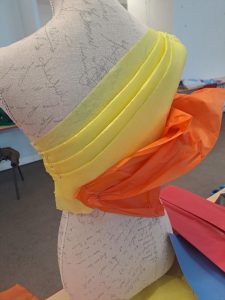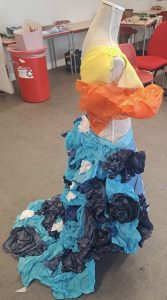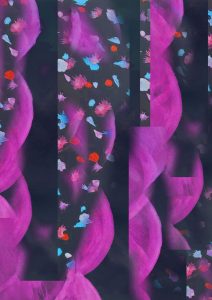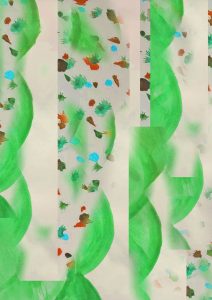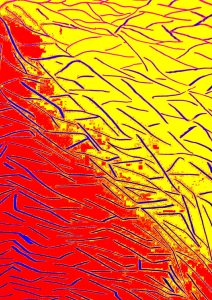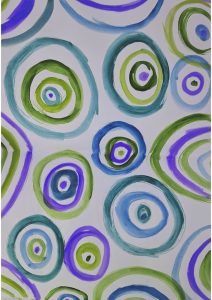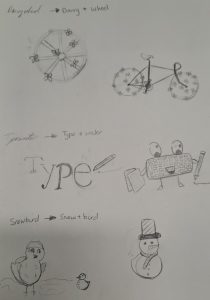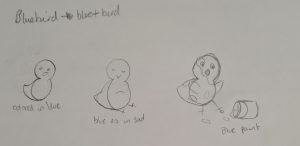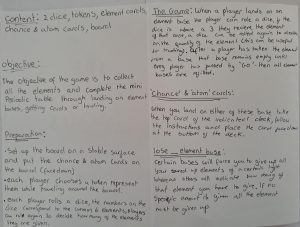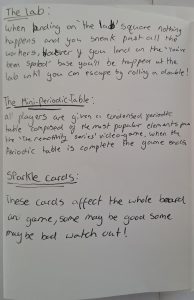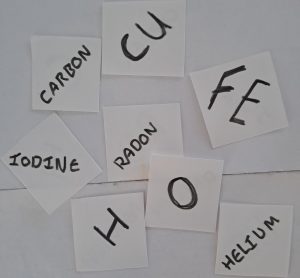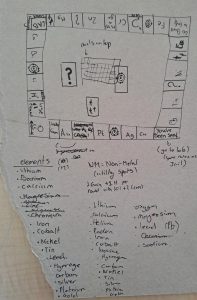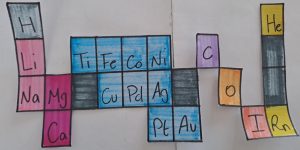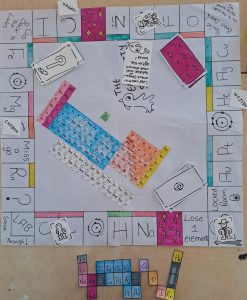Starting the TADF workshop, I chose two words; biometric and pink, to create a theme. Then I made a mood board with my color choices in order to begin experimenting in class.
TADF Prep







In my sketch book I placed my prep research, fabric swatches from I used within my experiments and embellishment challenge as well as my design process for the challenge, creating different styles for the collar and cuffs, then using procreate to finalize the design before attempting the challenge.
We worked in the Mac lab to create a digital image with different effects. This was more to experiment with the effects rather than using it to create a pattern. Learning the effects now allows me to be able to return to the Mac labs and create my own pattern at a later time.





With the Dean and graduated students from the Fashion course, I learnt how to drape fabric. I then went into procreate and sketched the pieces I had created to give a designed feeling to the pieces.
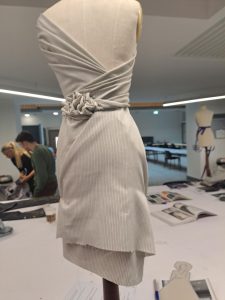
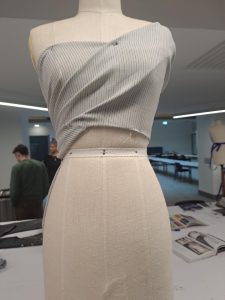


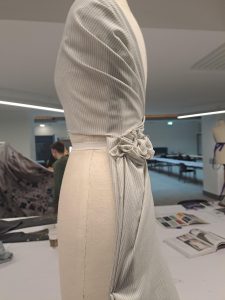





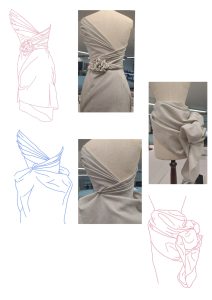
For the embellishment challenge, we had to create a collar and cuff using two or more techniques we learnt within the TADF workshops from semester 1 and 2. I decided to take a school shirt and crop it a little shorted, first folding the fabric on a mannequin beforehand to get idea of how short I wanted to cut it. Then I removed the pocket from the front to create more space for the front piece of the collar.





Then I used a draft fabric ruffle to place along the collar to decide how I’d like it. From the ideas sketched in my book, I used my final drawings to create the collar and cuffs. I decided to go for the big ruffles down the front for the collar along with a reverse appliqué technique around the neck, attaching the fabric to the original collar with a back stitch. I wanted to keep the original collar to help lengthen it as well as to add a bit of flat to boring white but still having it balanced. The fabric underneath for the reverse appliqué has my finger prints painted onto it to include my chosen them of biometrics.
For the cuffs, I decided to go for a detached looked with the cuffs flaring out in a pleated style, which means the cuffs sits snug to the wrist before fanning out around the hand. I used the same fabric for the cuffs as the front collar piece, the white accent fabric is recycled from the piece I cut off from the shirt and was attached by the couching technique. Then I adding button that allows the cuffs to be opened and closed.



The final design sketch

I pinned the fabric to ensure I was happy with the placement and overall look before sewing them on.



The final piece for the Embellishment challenge
The collar:


The cuffs:

The overall display of my work:


Throughout the workshop, I looked into the difference between a fashion designer, a textile designer and a textile artist.
Art Research
In five years, I will have hopefully finished my degree in fashion illustration and learnt many new skills to help accomplish future goals. I hope to be managing my current small business better along with working to be more involved in the fashion industry and gain experiences throughout the years.


